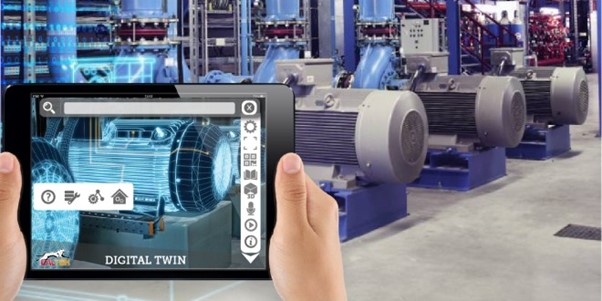Blog Post

Revolutionizing Business Operations with Digital Twins
In the realm of technological advancements, the concept of digital twins has emerged as a game-changer, revolutionizing the way businesses operate. This innovative technology offers a virtual replica of physical assets or processes, opening doors to unprecedented possibilities and benefits. In this blog post, we will delve into what digital twins are, their significance, and the businesses poised to reap maximum rewards from their implementation.
Understanding Digital Twins
A digital twin is a virtual representation of a physical asset, system, or process that mimics its real-world counterpart in real-time. It combines data from sensors, IoT devices, and other sources to create a dynamic digital model that provides valuable insights and analysis. This digital replica allows for accurate simulations, predictive maintenance, and optimization, enhancing operational efficiency, reducing costs, and improving decision-making.
Advantages of Digital Twins
The benefits of digital twins are far-reaching and can significantly impact various industries. By harnessing this technology, businesses can optimize asset performance, streamline operations, and drive innovation. Digital twins facilitate proactive maintenance, allowing companies to detect potential issues before they escalate, resulting in reduced downtime and improved productivity. Furthermore, they enable organizations to simulate scenarios, test new designs, and identify bottlenecks, leading to enhanced efficiency and cost savings.
Businesses that Benefit Most
Digital twins hold immense potential for industries with complex and asset-intensive operations. Sectors such as manufacturing, energy, healthcare, transportation, and construction can benefit greatly from the implementation of digital twins. These industries deal with intricate supply chains, intricate machinery, and critical processes that can be optimized through virtual replicas.
Implementing Digital Twins
To implement digital twins successfully, businesses must follow a systematic approach. It begins with identifying the asset or process that requires digitization and gathering relevant data through sensors and IoT devices. Next, the data is integrated into a virtual model using advanced analytics and machine learning algorithms. The digital twin can then be used for real-time monitoring, predictive analysis, and optimization. It is crucial to continuously update the model with real-world data to ensure accuracy and effectiveness.
Conclusion
Digital twins have emerged as a revolutionary technology, reshaping the way businesses operate. With their ability to create virtual replicas and enable accurate simulations, predictive maintenance, and optimization, digital twins are transforming industries and driving innovation. By embracing this technology, businesses can unlock new levels of efficiency, cost-effectiveness, and competitive advantage.
Copyright © 2023 Harvard Business Council

